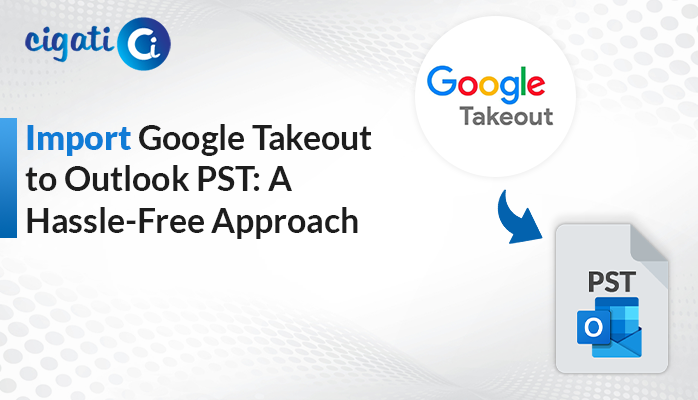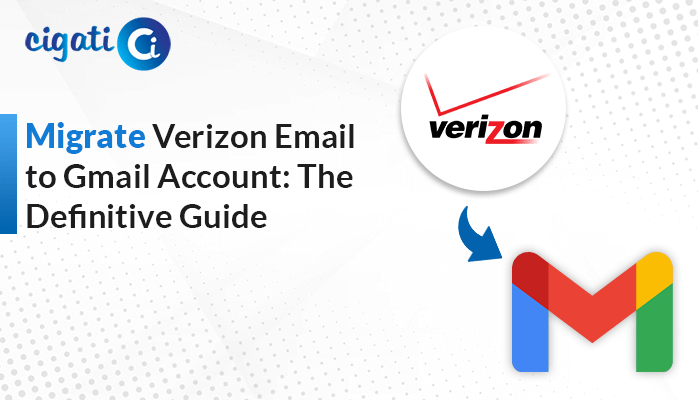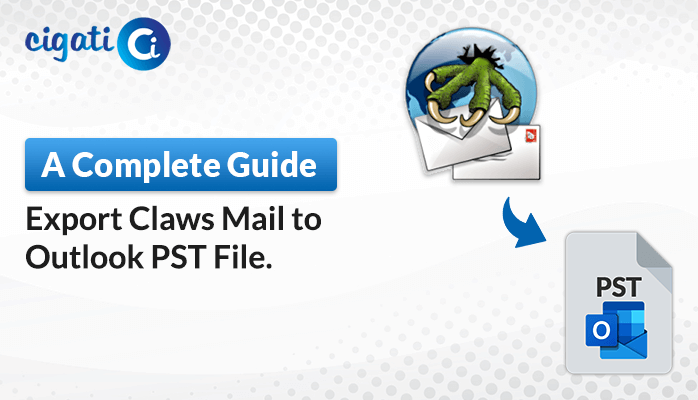-
Written By Rohan Wiese
-
Published on January 5th, 2022
-
Updated on February 16, 2024
Migrate G Suite Mailboxes to Office 365: The Ultimate Guide of 2024
So, you’ve decided to switch from Google’s G Suite to Microsoft 365 (formerly Office 365). People talk a lot about which is better, G Suite or Microsoft 365, but what’s clear is that a smooth and safe transition is essential to making the most out of your decision. Let’s make things clear with a checklist to migrate G Suite to Office 365. We’ll cover the hows and whys, plus the necessary part of keeping your information safe using the Cigati Google Workspace to Office 365 Migration Tool during the switch.
G Suite and Office 365 are the most popular software that provides multiple services to users. It provides emails, productivity tools, cloud-based storage, and other services. Both platforms offer extraordinary services, and both of them have their benefits and limitations. Now, we will perform the email migration from G Suite to Office 365.
Email Migration from G Suite to Office 365: Free and Paid Methods
The following section will provide two solutions to Migrate from G Suite to Microsoft 365. First, we will accomplish through manually and then use the reliable approach.
#1. Migrate G Suite to Office 365: Full Guide (Manually)
Follows the below steps to perform the migration process.
Prerequisites:
Make sure you have the unique job of being a project creator, and log in to Google Workspace using those particular credentials.
Before You Start:
- Create a particular area (subdomain) for sending emails to Microsoft 365 or Office 365.
- Create another specific area (subdomain) for sending emails to your Google Workspace.
Get People Ready:
Set up the folks who will be using Microsoft 365 or Office 365.
Step 1: Verify you own your domain
- First, confirm to Microsoft 365 or Office 365 that you own your website name used for Google Workspace.
- You can use a default Microsoft 365 domain or your custom domain. If using your own, follow the steps provided during Microsoft 365 setup to add a unique TXT record to your domain host.
Step 2: Add users to Microsoft 365 or Office 365
- After that, add users separately or in groups, giving each user a mailbox and a license with an Exchange Online plan.
- Make sure every user has a mailbox before proceeding.
Step 3: Create a list of Gmail mailboxes to migrate
- Using the Google Workspace admin console, list each user’s email address.
- Then, open the Microsoft 365 admin center, noting the usernames.
- In Excel, create a migration file with columns for Email Address, UserName, and Password for each Gmail mailbox.
- Save the file as CSV.
Step 4: Connect Microsoft 365 or Office 365 to Gmail
- Further, access the Classic Exchange admin center.
- Set up a migration endpoint, connecting Microsoft 365 or Office 365 to Gmail by specifying the IMAP server as imap.gmail.com.
Step 5: Create a migration batch and start migrating Gmail mailboxes
- In the Microsoft 365 admin center, go to Exchange and create a new migration batch.
- Afterwards, choose IMAP migration, select the migration file, and pick the migration endpoint.
- Then, provide a batch name, exclude unnecessary folders, and start the migration.
Verify that the Migration Worked
- Check the migration dashboard for the status of your batch. If Synced, the migration was successful.
Step 6: Update your DNS records to route Gmail directly to Microsoft 365 or Office 365
- Sign in to Microsoft 365 or Office 365, and go to Setup > Domains.
- Choose your domain, fix issues, and follow instructions to add necessary DNS records for Microsoft 365 or Office 365 services.
Step 7: Stop synchronization with Gmail
- Next, confirm all emails are routed to Microsoft 365 or Office 365.
- After 72 hours, delete the migration batch in the Exchange admin center to stop synchronization with Gmail.
Finally, you’ve completed the manual process to Migrate G Suite to Office 365. But you’ve seen that it consumes a lot of time. Along with that, there are high chances of losing data while accomplishing the manual approach. If you want an efficient technique, opt for the following section.
Migrate your G Suite Mailboxes to Office 365 Like a Pro
Cigati Google Workspace to Office 365 Migration Tool is a standalone program that can move your G Suite application data to your Office 365 account. The software transfers entire G Suite data, such as Google Drive, Contacts, calendars, and many more, to O365 directly. Apart from that, this utility can rename the resultant file as per the user’s need. Moreover, users can safely accomplish the migration process. As a result, this software offers data integrity. Now, we will discuss the steps to migrate from G Suite to Microsoft 365 to create a better understanding in your mind.
Steps to Perform the G Suite Migration to Office 365 Process:
- First, Install and Run the G Suite to Office 365 Migration Tool on your desktop.
- Enter the Login Credentials of your admin G Suite account and click the Sign in button.
- Now, select the User Account displayed on the software interface and click the Next button.
- Make sure to choose Gmail from the G Suite options to continue the process.
- Here, pick to sign in with a Single Account or an Admin Account, then click on the Sign In button.
- At last, click the Backup button to initiate the migration process.
Final Words
In this blog, we have explained all the essential aspects of the G Suite file and Office 365 cloud-based email clients. Also, we have discussed the direct approach that will help users to migrate G Suite to Office 365 accounts. As a result, the availability of the manual process is very lengthy and takes up to 3-4 days to complete the whole process. Therefore, we recommend users opt for the professional approach for the same.
You May Also Read: Migrate Google Workspace Email to Gmail
About The Author:
Rohan Wiese works as Technical Content Writer at Cigati Solutions. He writes technical blogs, articles, newsgroups, etc. on Database Recovery, Email Backup & Migration for Cloud and Webmail Email Clients. He has almost two years of writing experience and has written about many Technologies such as Cloud Computing, Intelligence, IoT, and Email Management.
Related Post




